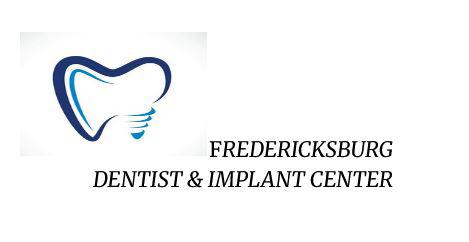How can we make you smile?
Our mission is to help patients live healthier lives. We provide a caring, nurturing environment where your comfort and health is of primary importance.
Overview of Implant Placement FAQ
Each patient's implant procedure is uniquely tailored. Dr. Hagar brings extensive experience, precision, attention to detail, and state-of-the-art technology to every case.
Before surgery, treatment options are thoroughly discussed during your consultation appointment so that you are well-informed about your choices.
At the time of surgical implant placement, a local anesthetic will be administered to numb the treatment area, and some patients may opt for adjunctive sedation therapy for enhanced comfort.
Once you are relaxed, Dr. Hagar makes a small incision in the gum tissue to expose the underlying bone. Using specialized instruments, he carefully creates a pilot hole in the bone and gently inserts the titanium implant. The implant is designed with an open top to allow the placement of the abutment, which is immediately secured with a covering screw or healing cap.

How Does The Healing Process Work?
Now the healing process begins. The duration varies based on factors like implant location, and bone quality and quantity. In some cases, implants may be restored immediately after placement. Dr. Hagar will guide you on follow-up care and timing. Once the initial healing phase is complete—if the abutment wasn't placed at the time of implant placement—Dr. Hagar will secure either an abutment (the crown connection) or a healing cap during a brief follow-up visit. This allows the gum tissue to mature while ensuring continued access to the implant.
In certain cases, impressions may be taken at the time of implant placement to expedite the restorative phase once healing is complete. The overall healing time is determined by a variety of factors, and follow-up care is essential to monitor your progress and decide when you are ready for restoration. In some situations, Dr. Hagar may recommend a soft tissue graft to enhance the strength, ease of maintenance, and natural appearance of the gum tissue around the implant. Whether replacing a single tooth or multiple teeth, your family dentist will finalize your treatment by fitting the replacement tooth (crown) onto the dental implant.
When Are Dental Implants Placed?
Implants are typically placed several months after a tooth extraction. However, in certain cases, an implant may be placed immediately after extraction. While this immediate placement can simplify the process by eliminating the need for an additional appointment, it may involve a bit more risk, especially if there is an active infection or other bone-related concerns that make immediate implantation unsuitable.
If a tooth has been missing for a while, the adjacent supporting bone may gradually thin and shrink. This occurs because the natural tooth root is no longer present to stimulate and maintain bone density. In fact, as much as half of the jawbone volume in the extraction socket can be lost within the first year following extraction. If significant bone loss has occurred, additional bone regeneration procedures may be recommended to ensure that the implant is properly supported when placed in the jaw.

How Many Implants Do I Need?
Many factors are considered in determining the number of implants required to replace missing teeth. Some of these include:
• Number and location of missing teeth
• Nature of opposing dentition
• Quantity and quality of bone
• Nature of anticipated prosthesis
